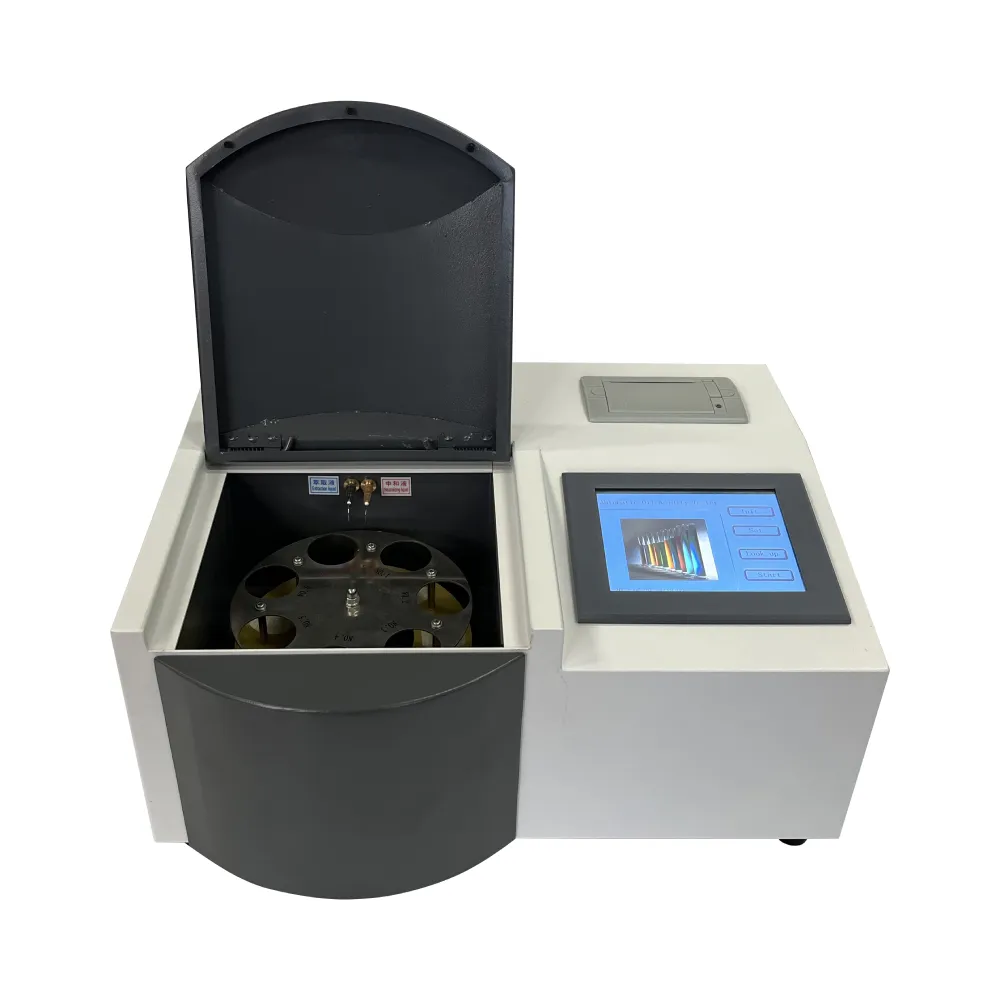 English
English


Evaluating the Performance and Efficiency of Transformer Models Through Various Testing Methods
Types of Tests on Transformers
Transformers are crucial components in the field of electrical engineering, serving various functions in power systems, electronics, and telecommunications. They allow for the transfer of electrical energy between circuits, primarily through electromagnetic induction. Due to the vital role transformers play, rigorous testing is essential to ensure their reliability, efficiency, and safety. In this article, we will explore the various types of tests performed on transformers to evaluate their performance and integrity.
1. Insulation Resistance Testing
One of the fundamental tests conducted on transformers is insulation resistance testing. This test assesses the integrity of the insulation material surrounding the transformer windings. High voltage is applied to the windings while measuring the resistance offered by the insulation. A high resistance value indicates good insulation health, while a low value may suggest potential insulation failure, leading to short circuits or electrical leaks.
2. Power Factor Testing
Power factor testing is critical in determining the quality of insulation in transformers. This test measures the dissipation factor, which reflects how much energy is lost in the insulating material. A lower power factor indicates better insulation performance, while a higher factor can signify deterioration or moisture absorption in the insulation. Regular power factor testing helps in predictive maintenance, allowing proactive repairs before a significant failure occurs.
The turns ratio test evaluates the transformation ratio between the primary and secondary windings of the transformer. This test is essential for ensuring that the transformer operates within its specified parameters. By applying a known voltage to one winding and measuring the output from the other, engineers can determine if the transformer is functioning correctly. Deviations from the expected ratio may indicate internal problems like shorted turns or winding damage.
4. Short-Circuit and Open-Circuit Tests
type of test on transformer

These tests are fundamental in assessing a transformer’s efficiency and electrical performance. The short-circuit test involves applying a reduced voltage on the primary winding while measuring the short-circuit current and the impedance of the transformer. This data helps in determining the copper losses and overall efficiency under load conditions.
Conversely, the open-circuit test applies rated voltage to the primary winding with the secondary winding left open. It measures the no-load current and losses, providing insights into iron losses in the transformer core. Together, these tests provide vital information about the transformer’s performance under both loaded and unloaded conditions.
5. Thermal Imaging and Temperature Analysis
Monitoring the thermal performance of transformers is crucial for preventing overheating and ensuring safe operation. Thermal imaging cameras can detect hot spots and temperature anomalies, which are indicators of potential failure points. By analyzing temperature data, engineers can identify cooling deficiencies and ensure that the transformer operates within safe temperature ranges.
6. Frequency Response Analysis (FRA)
Frequency Response Analysis (FRA) is an advanced testing technique used to detect mechanical and electrical issues in transformers. It involves applying a range of frequencies to the windings and measuring the response. Differences in the frequency response can indicate problems such as winding movement, core deformation, or insulation deterioration.
Conclusion
In conclusion, testing transformers is a critical aspect of ensuring their performance, reliability, and longevity. From basic insulation resistance tests to advanced techniques like Frequency Response Analysis, each test serves a unique purpose in diagnosing potential issues and maintaining optimal transformer operation. Regular testing, coupled with effective monitoring and maintenance strategies, can significantly reduce the risk of transformer failures, ultimately ensuring the stability and efficiency of electrical systems. As technology advances, these testing methods continue to evolve, further enhancing the reliability of transformers in an increasingly electrified world.
-
Differences between open cup flash point tester and closed cup flash point testerNewsOct.31,2024
-
The Reliable Load Tap ChangerNewsOct.23,2024
-
The Essential Guide to Hipot TestersNewsOct.23,2024
-
The Digital Insulation TesterNewsOct.23,2024
-
The Best Earth Loop Impedance Tester for SaleNewsOct.23,2024
-
Tan Delta Tester--The Essential Tool for Electrical Insulation TestingNewsOct.23,2024





